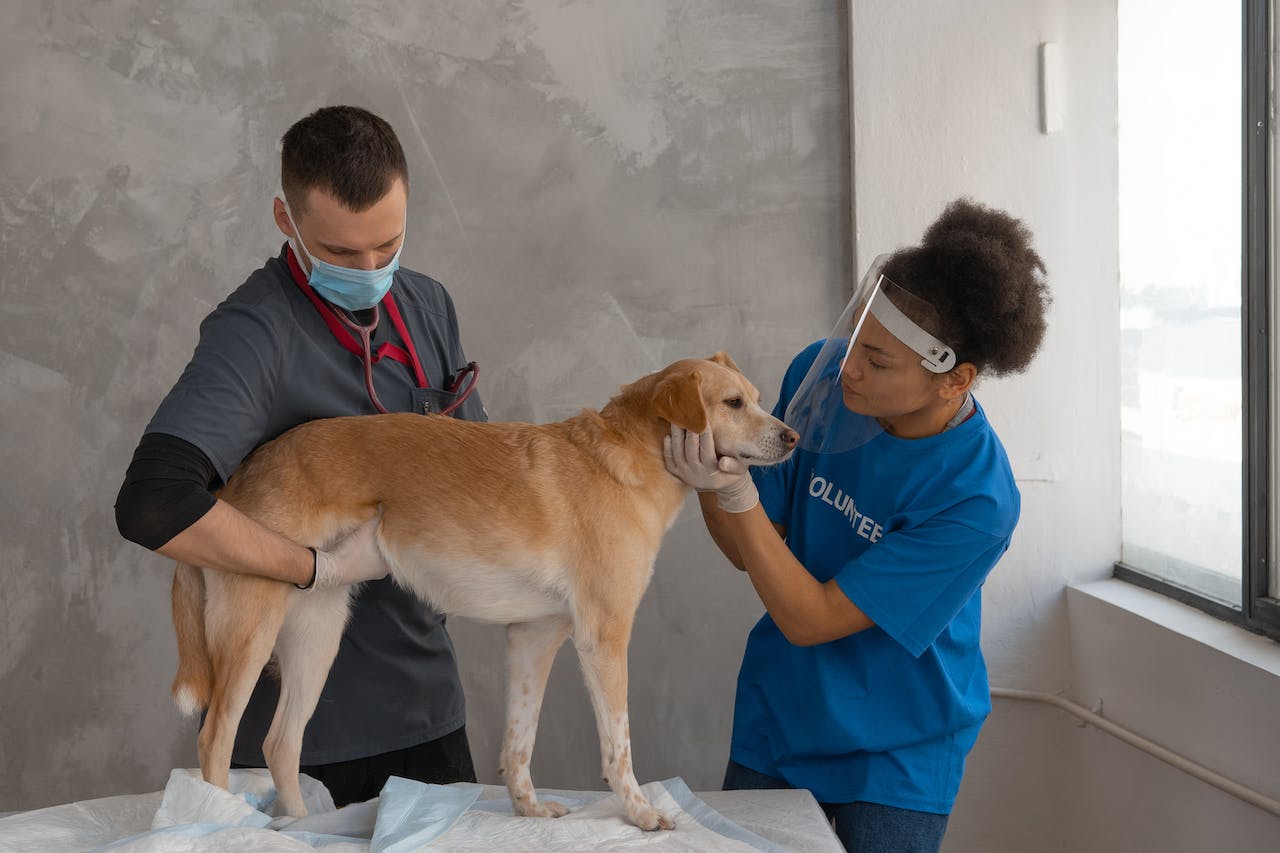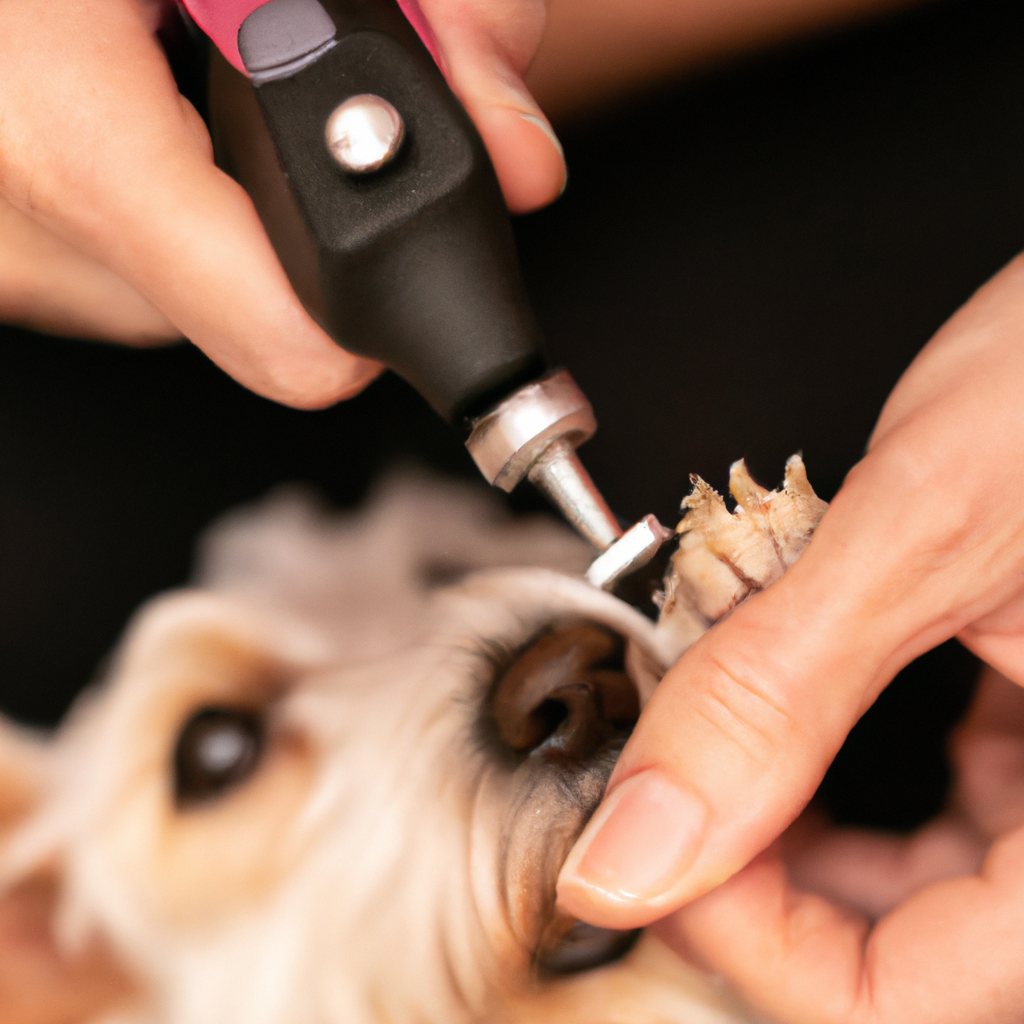Crate Training Tips for Dogs
Crate Training Tips for Dogs Introduction Crate training is an important aspect of a dog’s life. It provides them

Crate Training Tips for Dogs
Introduction
Crate training is an important aspect of a dog’s life. It provides them with a safe and comfortable space
of their own. Whether you’re introducing a new puppy to their crate or helping an older dog adjust to one,
these crate training tips will help make the process easier and more successful.
Choose the Right Crate
The first step in crate training is selecting the appropriate crate for your dog. It should be spacious
enough for them to stand up, turn around, and lie down comfortably. Consider the breed, size, and growth
potential of your dog when choosing a crate.

Introduce Gradually
Dogs need time to adjust to their crates, so introduce it gradually. Start by placing the crate in a
convenient yet quiet area of your home. Leave the door open, put a comfortable bedding inside, and let
your dog explore it at their own pace. Encourage them with treats and praise when they enter the crate.
Establish a Routine
Creating a routine around crate training helps dogs associate positive experiences with their crates. Use
verbal cues, such as “crate time” or “bedtime,” to signal it’s time for your dog to enter the crate. Always
reward them with treats and praise when they willingly and calmly go inside.
Make it Comfortable
To make the crate more inviting, add a soft bedding or blanket that your dog can snuggle up on. Consider
placing a few of their favorite toys or a chew-proof dog bone to keep them entertained. The crate should
feel like a cozy den rather than a confinement.

Length of Time
Initially, start with short time periods in the crate to prevent your dog from feeling overwhelmed or
anxious. Gradually increase the duration as they become more comfortable. Remember, the crate is a place
for your furry friend to relax and feel secure, not a place for punishment.
Avoid Excessive Confinement
Although crate training is beneficial, dogs should not spend excessive amounts of time inside the crate.
Dogs are social animals and need regular exercise and interaction. Ensure that your dog has enough playtime
and walks outside of the crate.
Consistency is Key
Consistency is crucial when crate training. Stick to a routine, use the same verbal cues, and be patient.
Avoid letting your dog out of the crate when they whine or bark, as this can reinforce unwanted behavior.
Wait for a moment of calmness before opening the crate door and rewarding them with praise.
Conclusion
Crate training can be a positive experience for your dog when done correctly. It provides them with a
secure and comfortable space they can call their own. Remember to choose the right crate, introduce it
gradually, and establish a routine. With consistency and patience, you’ll soon have a well-trained and
happily crate-trained dog.






